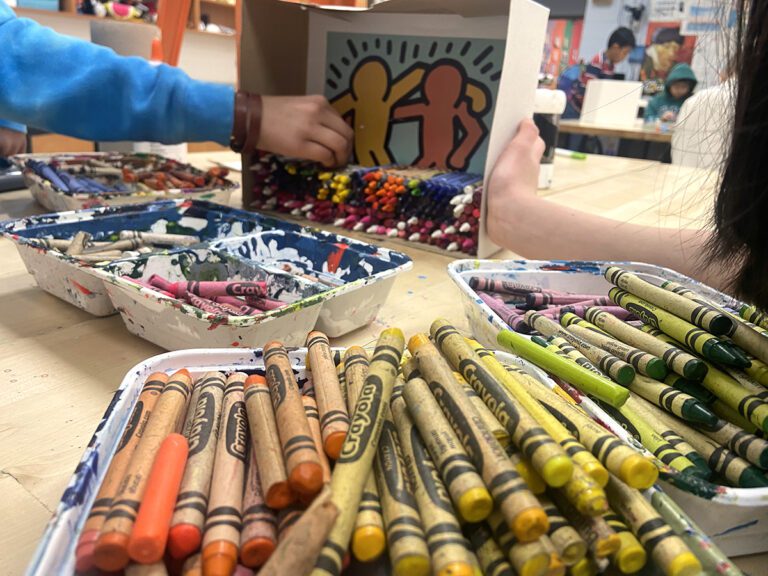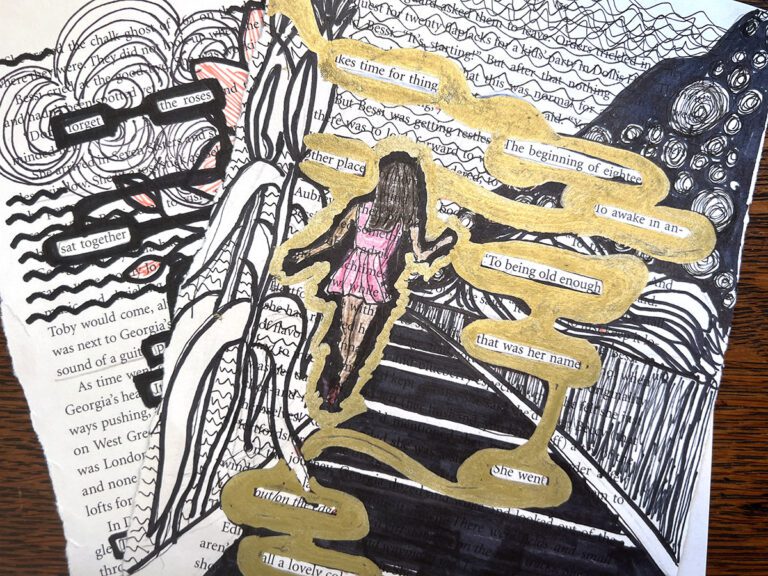Incorporating art history into your art curriculum is a necessity. Sometimes it can be difficult and overwhelming to teach art history because there is so much to cover and so little time. How do you choose what art is the most important? Sometimes teaching art history can be intimidating if you don’t feel confident in your art history knowledge. The more you teach art history to your students, the more confident you will become.
Here are five easy ways you can add art history into your art curriculum.
1. Use visuals.
When you introduce new art lessons, use visuals and reproductions of an artist or art period that relates to the concept you are teaching. The brain needs visuals to learn and the more visuals you can use, the better.
2. Read stories to your students about artists.
There are a plethora of children’s art history books available. I have also used the book, Art in Story: Teaching Art History to Elementary School Children. This is an excellent book to use when teaching art history to your students because it contains a variety of stories about art periods and artists. Even though the title says “Elementary School Children,” I have read these stories to students in 6th-8th grade. Sometimes I read a story at the beginning of class, and sometimes I read while they are working silently.
3. Teach art history daily.
Middle school students have art for 50 minutes every day for nine weeks. The first five to ten minutes of each class period is spent on art history. I put a piece of art on the whiteboard, and I facilitate a class discussion on the piece of art. Students observe and discuss what they like, dislike, and what elements and principles they see in the art. Students can get very wrapped up in art history, and you will find they create connections between different works of art and artists.
4. Allow students to research an artist or art period and create a presentation for the class.
If you have a projector or interactive whiteboard, have students create a digital presentation as well as a verbal one. PowerPoint and Prezi are two programs to look into using when presenting art history.
5. Create an art history choice board.
Choice boards are excellent graphic organizers to use with students. They allow the students to choose how they learn a concept. We know all students learn differently, and choice boards help students learn how they learn!
What other ways do you add more art history into your art curriculum?
Magazine articles and podcasts are opinions of professional education contributors and do not necessarily represent the position of the Art of Education University (AOEU) or its academic offerings. Contributors use terms in the way they are most often talked about in the scope of their educational experiences.





